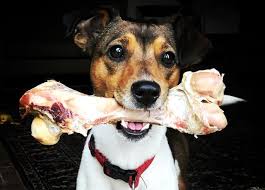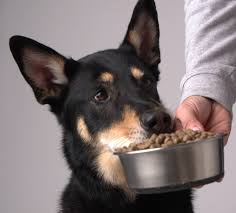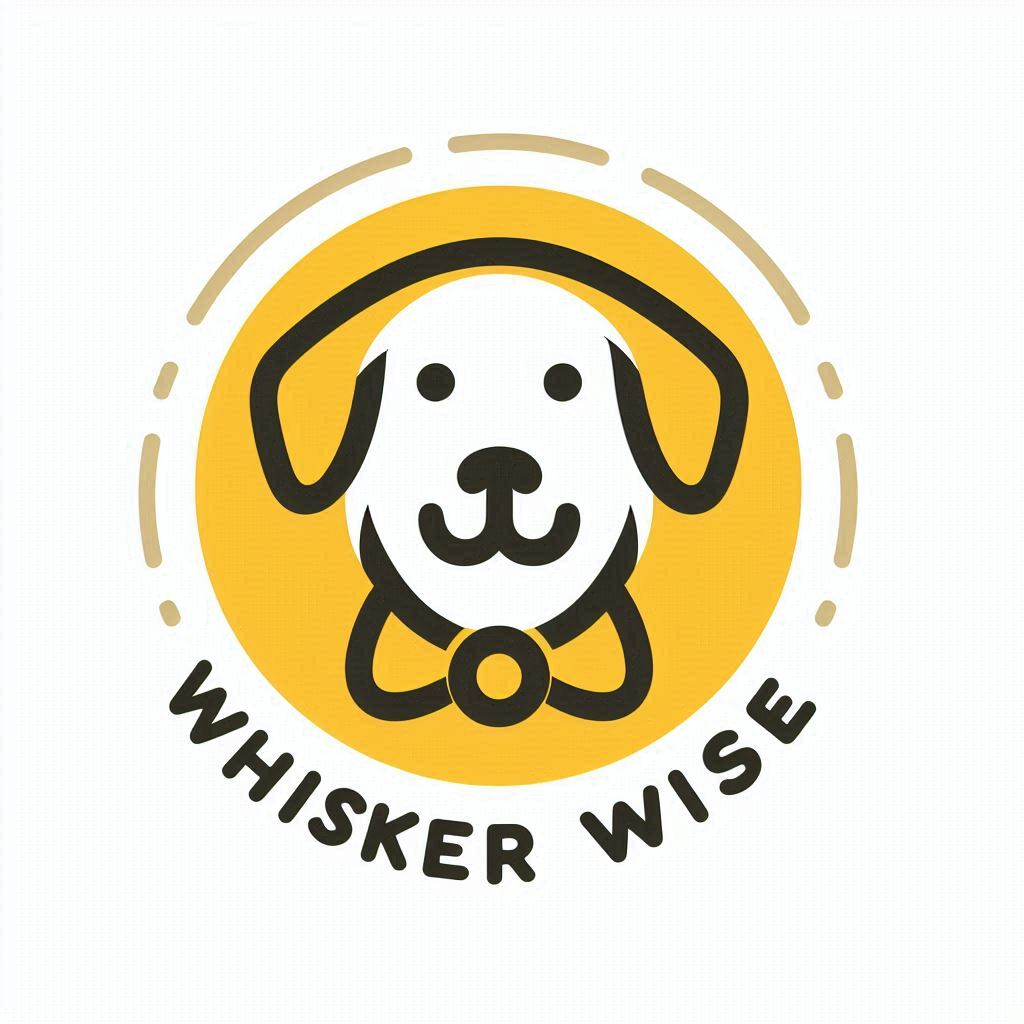The base on which your dog’s well-being stands is Nutrition. Good nutrition goes beyond just feeding your dog; it’s about providing the right balance of nutrients.
Choosing between homemade and store-bought dog food isn’t simple. Homemade meals, while crafted with love, demand a lot of your time and effort. They can also hit your wallet harder than you might expect. And here’s something vital: if these recipes aren’t overseen by a veterinary nutritionist, your dog could be missing out on essential nutrients.
That’s not to say commercial dog food is perfect, but reputable brands follow strict AAFCO guidelines. These guidelines are there to ensure that the food you give your dog meets their nutritional needs. However, be cautious with raw food diets – they can pose risks of foodborne illnesses that aren’t worth the gamble.
Navigating the world of dog nutrition can be tricky, but I’m here to help you with it. In the next part, we’re going to delve into how to choose the right dog food by considering your dog’s life stage, understanding food labels, and consulting with your vet for personalized advice. A quick peek into that section: You’ll learn about the specific nutritional requirements for puppies, adults, and senior dogs, and how the right food can help prevent health issues, especially for those large-breed puppies. So, let’s get ready to learn more about picking that perfect meal for your furry friend.
Choosing the Right Dog Food for Every Life Stage
Now that you get the importance of nutrition and the basics around commercial versus homemade dog food, let’s talk about how to match your dog’s diet to their life stage. Dogs need different nutrients at different times in their life, much like people do.
Start by looking at the label on dog food packages. You’ll find something called ‘guaranteed analysis.’ This is a snapshot of the minimum or maximum levels of nutrients like protein and fat. Keep in mind that ingredients are listed by weight, with the heaviest ones first. Ideally, you want to see quality protein sources leading the list, not fillers or by-products.
For energetic puppies, you’re aiming for dog food packed with higher levels of protein and fats. They’re growing, so they need all that fuel. And if you’ve got a large-breed puppy, their food should prevent them from growing too quickly to reduce the risk of orthopedic problems. That’s going to include less calcium and phosphorus than what’s found in regular puppy food.
As dogs transition to the adult phase, their dietary needs shift. Adults require less protein and fat compared to puppies. But ‘less’ doesn’t mean ‘little.’ You want to maintain enough protein to support healthy muscles and overall body function without the excess that could put on unwanted pounds.
When it comes to senior dogs, the waters get a bit murkier. There aren’t specific AAFCO standards for senior dog nutrition. This is where a good chat with your vet comes in handy. Vets can give you insights tailored to your senior pal, especially if they have health issues that could benefit from a specific diet.
Underlying all of this is the need to listen to professional advice when necessary. If your dog has unique health needs, don’t hesitate to involve your vet. They can help customize recommendations for dog food that supports your pet’s specific health requirements.
Monitoring and Adapting to Your Dog’s Nutritional Needs
Once you’ve chosen a dog food, you’re going to find out the true test lies in your dog’s response. I want to emphasize that this isn’t just about picking a food and forgetting it. It’s also about observing your dog diligently. Watch for changes in appetite, coat luster, energy levels, and even stool quality to judge the food’s impact on health. There’s a lot of opportunity in these observations to tailor nutrition even further.
If you ever need to switch your dog’s food — remember, you can always adjust your approach down the road. Do it gradually over a week to avoid upsetting your furry friend’s stomach. Start by mixing a little of the new food with the old, and then incrementally increase the amount. I’m here to help you understand that this gradual switch helps prevent dietary upsets.
In my opinion, regular check-ups with your vet are pivotal. A professional can offer valuable insights, especially if you notice any health changes after a diet switch. Choose something that resonates with you, and if that means consulting with your vet for each tweak in the diet, that’s perfectly okay. Your vet knows your dog’s health history and can provide tailored advice that internet searches just cannot.
To wrap things up, ensuring your dog’s good health through the right diet might seem daunting, but it’s entirely achievable. Assessing your dog’s response and being ready to adapt as needed are critical steps in this journey. Trust your instincts, watch your dog’s health, and never hesitate to seek your vet’s guidance. You’re not just providing a meal; you’re ensuring a happy, healthy life for your best friend.

